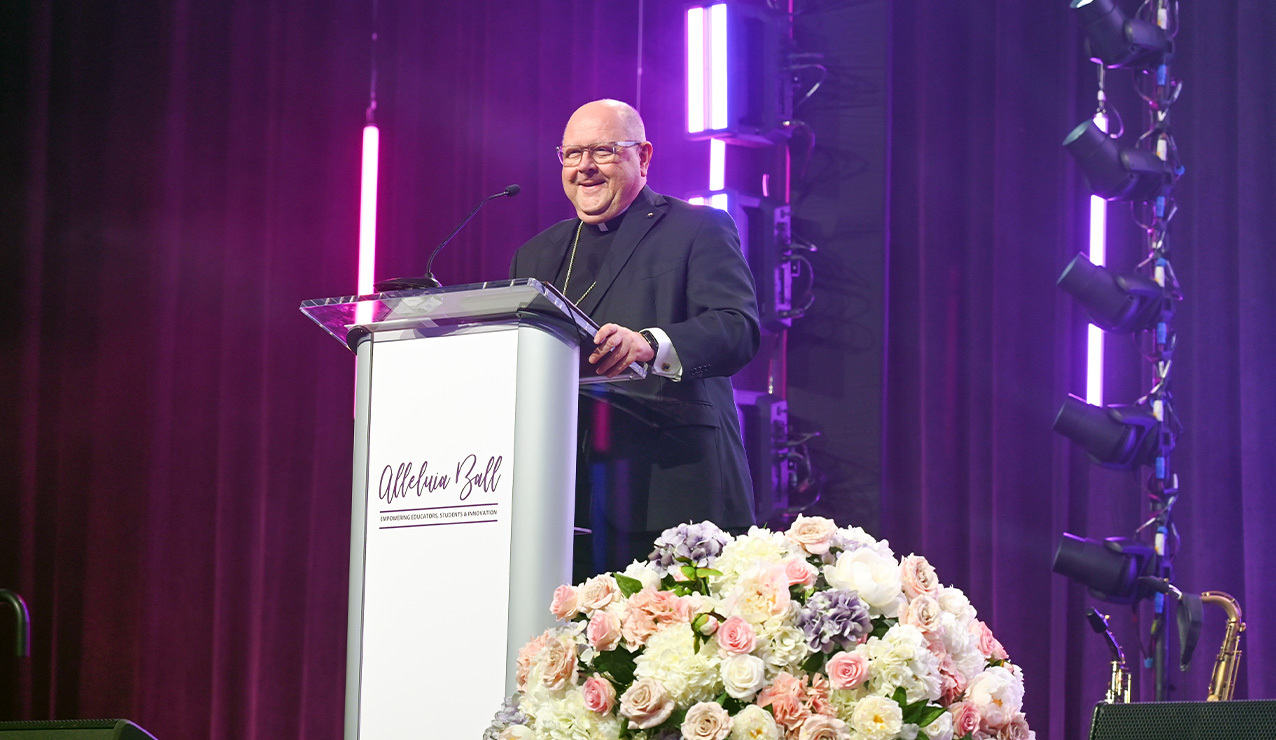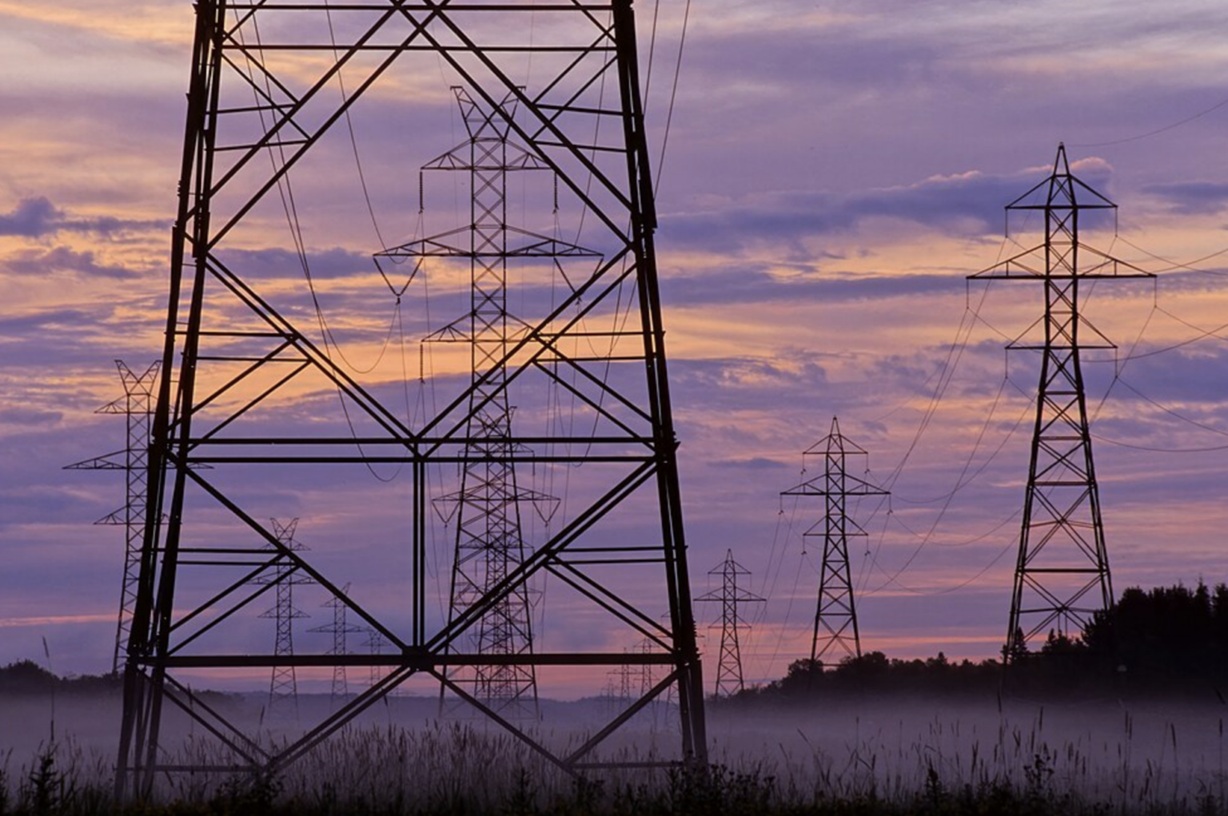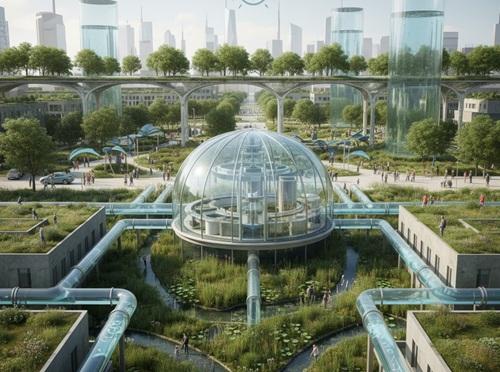Climate action – Helsinki reduces GHG emissions by 16 per cent – Smart Cities World

Helsinki’s 2024 Environmental Report: Progress on Sustainable Development Goals
The City of Helsinki’s Environmental Report for 2024 details significant progress in environmental protection and sustainability, directly contributing to several United Nations Sustainable Development Goals (SDGs). The report monitors key initiatives including the Carbon Neutral Helsinki Action Plan, climate change adaptation policies, and the Action Plan for the Circular and Sharing Economy.
SDG 13: Climate Action
Helsinki has demonstrated a strong commitment to climate action through substantial reductions in greenhouse gas emissions. The city is advancing its emissions reduction targets to further align with global climate goals.
- Total greenhouse gas emissions from residents, services, and industry decreased by 16% from the previous year.
- Compared to 1990 levels, total emissions have been reduced by 54%.
- Direct emissions per capita stand at 2.4 tonnes of CO₂-equivalent, representing an 18% decrease from the previous year and a 67% reduction from 1990 levels.
SDG 7: Affordable and Clean Energy
A major driver of emissions reduction has been a strategic transition in the energy sector, moving away from fossil fuels towards cleaner, carbon-neutral sources.
- The cessation of coal burning at the Hanasaari power plant in 2023 was the primary reason for the significant decrease in emissions. The use of coal will cease completely with the closure of the Salmisaari plant in 2025.
- This energy transition, including the adoption of new solutions like heat pumps, led to a 27% reduction in district heat emissions compared to the previous year.
- Emissions from electricity consumption decreased by 14%.
- In 2024, 63% of the energy produced by Helen Ltd. was carbon neutral, with 38% generated from renewable sources.
SDG 11: Sustainable Cities and Communities
With the phasing out of coal, transport has become the largest source of emissions, making sustainable urban mobility a key focus area for the city.
- The city will continue to invest heavily in electric vehicle charging infrastructure, rail transport, and the development of pedestrian and cycling environments.
- Helsinki Region Transport (HSL) commissioned approximately 120 new electric buses, with nearly 42% of bus kilometers driven by electric power.
- The share of battery-powered cars in traffic use increased to 20.7% from 16.7% in the previous year.
SDG 14 & 15: Life Below Water and on Land
Helsinki is actively working to protect and enhance its natural environments, recognizing that urban nature is a core characteristic of the city.
- Five new nature reserves were established in 2024.
- The city aims to protect 10% of its land and water areas by 2038 through a new Nature Reserve Programme, which will double the area of protected land and increase protected sea areas tenfold.
- The Baltic Sea Action Plan was renewed, reinforcing the city’s commitment to SDG 14.
SDG 4, 8 & 12: Education, Economic Growth, and Responsible Consumption
Helsinki integrates sustainability across various sectors, including education, tourism, and economic strategy, to foster a comprehensive approach to the SDGs.
- SDG 4 (Quality Education): Environmental and climate objectives are central to early childhood education. The Sustainable Development Fox tour reached nearly all primary schools and approximately 2,900 pupils.
- SDG 8 (Decent Work and Economic Growth): Helsinki achieved its goal of being the world’s most sustainable tourist destination, ranking first in the international Global Destination Sustainability (GDS) Index.
- SDG 12 (Responsible Consumption and Production): The city is actively implementing its Action Plan for the Circular and Sharing Economy.
Future Targets and Strategic Alignment with SDGs
A new draft city strategy proposes more ambitious environmental targets, ensuring long-term alignment with the Sustainable Development Goals.
- Reduce emissions by 85% by 2030 from 1990 levels.
- Achieve net-zero emissions by 2040.
1. Which SDGs are addressed or connected to the issues highlighted in the article?
The article on Helsinki’s environmental progress addresses several Sustainable Development Goals (SDGs) by detailing the city’s efforts in climate action, sustainable energy, urban development, conservation, and education. The primary goals identified are:
- SDG 13: Climate Action
- SDG 11: Sustainable Cities and Communities
- SDG 7: Affordable and Clean Energy
- SDG 15: Life on Land
- SDG 14: Life Below Water
- SDG 4: Quality Education
- SDG 12: Responsible Consumption and Production
2. What specific targets under those SDGs can be identified based on the article’s content?
SDG 13: Climate Action
- Target 13.2: Integrate climate change measures into national policies, strategies and planning.
- Explanation: The article extensively discusses Helsinki’s “Carbon Neutral Helsinki Action Plan” and the new draft city strategy, which “aims to raise Helsinki’s emissions reduction target.” These are direct integrations of climate measures into local policy and planning.
- Target 13.1: Strengthen resilience and adaptive capacity to climate-related hazards and natural disasters in all countries.
- Explanation: The article mentions the monitoring and implementation of “Helsinki’s climate change adaptation policies,” which directly relates to building resilience against the impacts of climate change.
SDG 11: Sustainable Cities and Communities
- Target 11.6: By 2030, reduce the adverse per capita environmental impact of cities, including by paying special attention to air quality and municipal and other waste management.
- Explanation: The core of the article is about reducing Helsinki’s environmental impact, specifically its “greenhouse gas emissions,” which decreased by 16% from the previous year. The renewal of the “Helsinki’s Air Quality and Noise Abatement Plan” also directly supports this target.
- Target 11.2: By 2030, provide access to safe, affordable, accessible and sustainable transport systems for all.
- Explanation: The article details efforts to improve sustainable transport, noting that “transport is the biggest source of emissions.” Actions include investing in “electric vehicle charging infrastructure, rail transport and the development of pedestrian and cycling environments,” and commissioning “120 new electric buses.”
- Target 11.7: By 2030, provide universal access to safe, inclusive and accessible, green and public spaces.
- Explanation: The article highlights that in Helsinki, “nature is always close by and easily accessible.” It also describes the establishment of “five new nature reserves” and a program to “double the area of protected land.”
SDG 7: Affordable and Clean Energy
- Target 7.2: By 2030, increase substantially the share of renewable energy in the global energy mix.
- Explanation: The article states that in 2024, “Helen Ltd’s share of energy produced with renewable energy was 38 per cent.” It also notes that “63 per cent of the energy produced by Helen was carbon neutral,” indicating a significant shift towards cleaner energy sources.
SDG 15: Life on Land
- Target 15.5: Take urgent and significant action to reduce the degradation of natural habitats, halt the loss of biodiversity and, by 2020, protect and prevent the extinction of threatened species.
- Explanation: Helsinki’s actions align with this target through the establishment of “five new nature reserves” and the aim to “significantly increase the number of nature reserves established each year.” The city also focuses on the “quality of local nature.”
- Target 15.9: By 2020, integrate ecosystem and biodiversity values into national and local planning, development processes, poverty reduction strategies and accounts.
- Explanation: The article mentions the challenge of “reconciling construction activities with both nature conservation and a smaller carbon footprint,” which shows the integration of ecosystem values into urban planning. The “new Nature Reserve Programme” is a key part of this integration.
SDG 14: Life Below Water
- Target 14.5: By 2020, conserve at least 10 per cent of coastal and marine areas, consistent with national and international law and based on the best available scientific information.
- Explanation: The article explicitly states, “The City aims to protect 10 per cent of both Helsinki’s land and water areas by 2038.” It also mentions a plan to “increase the area of the City’s protected sea areas tenfold.”
SDG 4: Quality Education
- Target 4.7: By 2030, ensure that all learners acquire the knowledge and skills needed to promote sustainable development.
- Explanation: The article states that “environmental and climate objectives play a central role in early childhood education and schools.” It provides a specific example: “the Sustainable Development Fox tour reached almost all primary schools in the city and approximately 2,900 pupils.”
SDG 12: Responsible Consumption and Production
- Target 12.2: By 2030, achieve the sustainable management and efficient use of natural resources.
- Explanation: The article mentions the implementation of the “Action Plan for the Circular and Sharing Economy,” which directly addresses patterns of consumption and production to ensure more sustainable use of resources.
3. Are there any indicators mentioned or implied in the article that can be used to measure progress towards the identified targets?
Yes, the article provides several quantitative and qualitative indicators that can be used to measure progress.
- Greenhouse Gas Emissions:
- Overall reduction: “16 per cent from the previous year.”
- Long-term reduction: “54 per cent lower” compared to 1990.
- Per capita emissions: “2.4 tonnes of carbon dioxide equivalent (CO₂-equivalent),” which is “67 per cent lower than in 1990.”
- Future targets: “reduce emissions by 85 per cent by 2030 from 1990 levels and achieve net zero emissions by 2040.”
- Clean Energy Transition:
- Share of renewable energy: “38 per cent” of energy produced by Helen Ltd.
- Share of carbon-neutral energy: “63 per cent” of energy produced by Helen Ltd.
- Phasing out fossil fuels: “cessation of coal burning in the Hanasaari power plant.”
- Sustainable Transport:
- Share of electric public transport: “nearly 42 per cent of kilometres driven on public transport buses were driven by electric buses.”
- Uptake of electric vehicles: “battery-powered cars accounting for 20.7 per cent of all cars in traffic use.”
- Conservation and Biodiversity:
- Number of new protected areas: “Five new nature reserves were also established in Helsinki in 2024.”
- Proportion of protected areas: The aim to “protect 10 per cent of both Helsinki’s land and water areas by 2038.”
- Education for Sustainable Development:
- Reach of educational programs: “approximately 2,900 pupils” participated in the Sustainable Development Fox tour.
- International Benchmarking:
- Ranking: “first in the international Global Destination Sustainability (GDS) Index.”
4. Create a table with three columns titled ‘SDGs, Targets and Indicators” to present the findings from analyzing the article. In this table, list the Sustainable Development Goals (SDGs), their corresponding targets, and the specific indicators identified in the article.
| SDGs | Targets | Indicators from the Article |
|---|---|---|
| SDG 13: Climate Action | 13.2: Integrate climate change measures into policies and planning. |
|
| SDG 11: Sustainable Cities and Communities | 11.2: Provide access to sustainable transport systems. 11.6: Reduce the adverse per capita environmental impact of cities. 11.7: Provide universal access to green and public spaces. |
|
| SDG 7: Affordable and Clean Energy | 7.2: Increase the share of renewable energy. |
|
| SDG 15: Life on Land | 15.5: Reduce the degradation of natural habitats. 15.9: Integrate ecosystem values into local planning. |
|
| SDG 14: Life Below Water | 14.5: Conserve at least 10% of coastal and marine areas. |
|
| SDG 4: Quality Education | 4.7: Ensure all learners acquire knowledge for sustainable development. |
|
| SDG 12: Responsible Consumption and Production | 12.2: Achieve sustainable management and efficient use of natural resources. |
|
Source: smartcitiesworld.net

What is Your Reaction?
 Like
0
Like
0
 Dislike
0
Dislike
0
 Love
0
Love
0
 Funny
0
Funny
0
 Angry
0
Angry
0
 Sad
0
Sad
0
 Wow
0
Wow
0

























_1.png?#)





















































